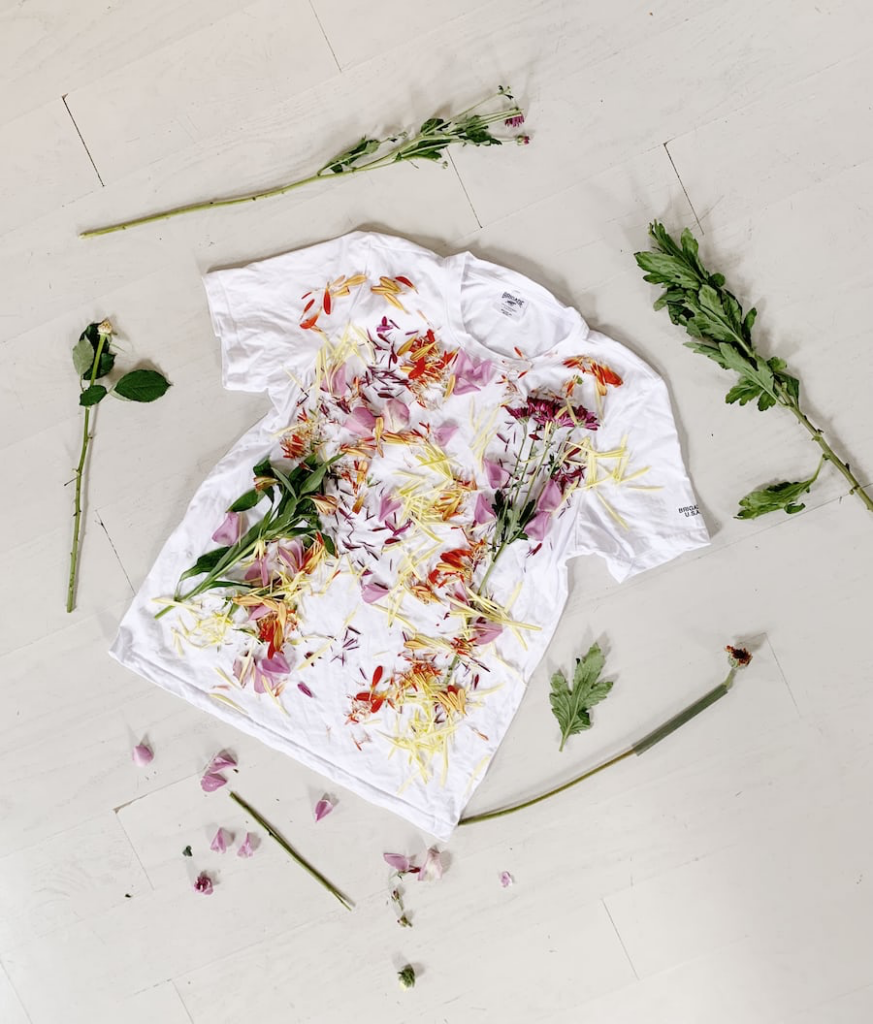A mesmerising moment – watching a model’s dress being sprayed on to her body while the audience looks on. Such is the power of technology. Combine it with anything, be it fashion, science or the arts and you have a winning combination that meets future needs. In this instance it allowed for a forward-thinking solution to sustainable fashion.
That ‘Bella Hadid moment’ at the Coperni show at the Paris Fashion Week 2022 was truly epic. The video of the event went viral within minutes, wowing fashion enthusiasts and the general public by its avant-garde nature. A technology created by Spanish scientist Manuel Torres in 2003, the dress was created by a sprayed-on solution made of a polymer liquid called ‘Fabrican’ consisting of natural and synthetic fibres that turns solid when it hits a surface after vaporisation.
Although the sustainability of such a fabric has been debated, Torres says Fabrican is tough enough in its texture to be worn, removed and then washed and returned to its solution bottle to be resprayed the next time. Isn’t that amazing?
This can easily be the fabric of the future with the Fabrican solution enabling the reparation of tears in garments while also being seen as supplying the need of the healthcare industry in the creation of face masks, bandages, casts and so on.
What is sustainable fashion?

Simply put, this is the fashion industry’s ability to be environmentally friendly and socially conscious in its fashion initiatives. The United Nations has said that the fashion industry accounts for 10% of carbon emissions and 20% of wastewater globally. Therefore, it is imperative that the industry finds new methods to create wearable and reusable designs that take a minimum toll on our environment. It also means following ethical practices that allow for fair labour usage that uplifts developing communities who participate in the creation process. This entails providing them with fair wages, better working conditions and opportunity for upward mobility within the industry.
Overall, sustainable fashion involves sourcing eco-friendly raw materials and reducing wastage of resources and a focus on recycling (it is estimated that there is 92 million tons of textile waste each year).
Sustainable fashion also involves caring about one’s surroundings, not harming animals and investing in transparent production processes. Today’s consumers are becoming more conscientious of these factors in their purchases, which also help to push the industry in the right direction. As such, the value of the sustainable fashion market is anticipated to be around $ 9.81 billion by 2025.
Sustainable runway innovations
New technologies such as 3D printing have opened up a wide scope in the fashion industry that plan for waste reduction in both raw materials and environmental waste. By using 3D printing for buttons and accessories, for instance, it becomes cost-effective and allows for greater creativity in terms of producing elaborate and complex designs.
Upcycling is another very popular fashion trend currently with old clothing items being used to create new designs through dying, patchwork, embroidery, etc. As a further step, old clothes can also be converted into accessories such as tote bags, etc. What’s so interesting in this is that unconventional material such as old gunny sacks, polythene bags, etc., can also be upcycled to create beautiful bags that compliment any outfit.
Furthermore, industry professionals are moving towards eco-friendly fabrics such as organic cotton and – fascinatingly – pineapple leather, among others, as an alternative to animal skin leather. This is considered soft, flexible and long-lasting. Other innovative substitutes to leather include wine leather sourced from the skin, seeds and stems of grapes; leaf leather that is derived from teak leaves that have already fallen from trees; mushroom leather sourced from the roots of mushrooms; and apple leather made from the remnants of the apple juice industry.
My favourite innovation that contributes towards sustainable fashion is virtual technology that allows for distance purchasing that will reduce wastage and one’s carbon footprint. This innovation gained momentum during the Covid-19 pandemic in many industries and allowed for consumers to make purchases without leaving the comfort of their homes. Thus, with virtual fit-on rooms and 3D body scanning, there will be more accuracy in the production process and fewer returns of clothing items, thus saving time, money and fuel in the long-run.
A discussion of fashion is not complete without also looking at jewellery manufacturing. While the luxury-conscious consumer will want to purchase diamonds and precious metals to complement their ensemble, these often come at a moral price in addition to the financial cost. We have all heard of child and slave labour being used to mine diamonds and other gemstones. With a focus now on diamonds and gems grown in laboratories there is demand being fostered for such ethically-produced stones in jewellery pieces. It also does not hurt that the cost of these cost far less than gemstones sourced naturally. That all this comes with the added bonus of safe working conditions and no damage to the environment makes them that much more lucrative.
A fashion-forward future

It seems wonderful that so many new initiatives and trends are cropping up in the fashion industry that are changing the way we look at fashion, as more than just the clothes we wear. It is also a chance to give back to the environment and society and heal Mother Earth and ourselves. In order to ensure that such ethical and green practices are adopted throughout the industry, it is vital that policy is drawn up by industry regulators that reward and recognize such practices by allowing for tax reductions, better infrastructure and more benefits. In addition, public awareness on why it is important to purchase ethically-sourced fashion and knowledge of the latest trends should be heightened. Accessibility to such fashion is also key because if such fashion trends are unaffordable to the masses, then it just becomes another upmarket trend that serves no purpose.
Moreover, technology should be used efficiently and effectively in fortifying fashion-forward trends. With myriad AI (Artificial Intelligence) tools and cloud technology available in creating digital samples and cloud-based-supply-chain management among a host of other services, the sky’s the limit for the sustainable fashion industry.
All in all, let’s hope that all stakeholders of the industry work in collaboration to make fashion as sustainable as it can be. After all, green is now the new bling!
(Anouk De Silva)
